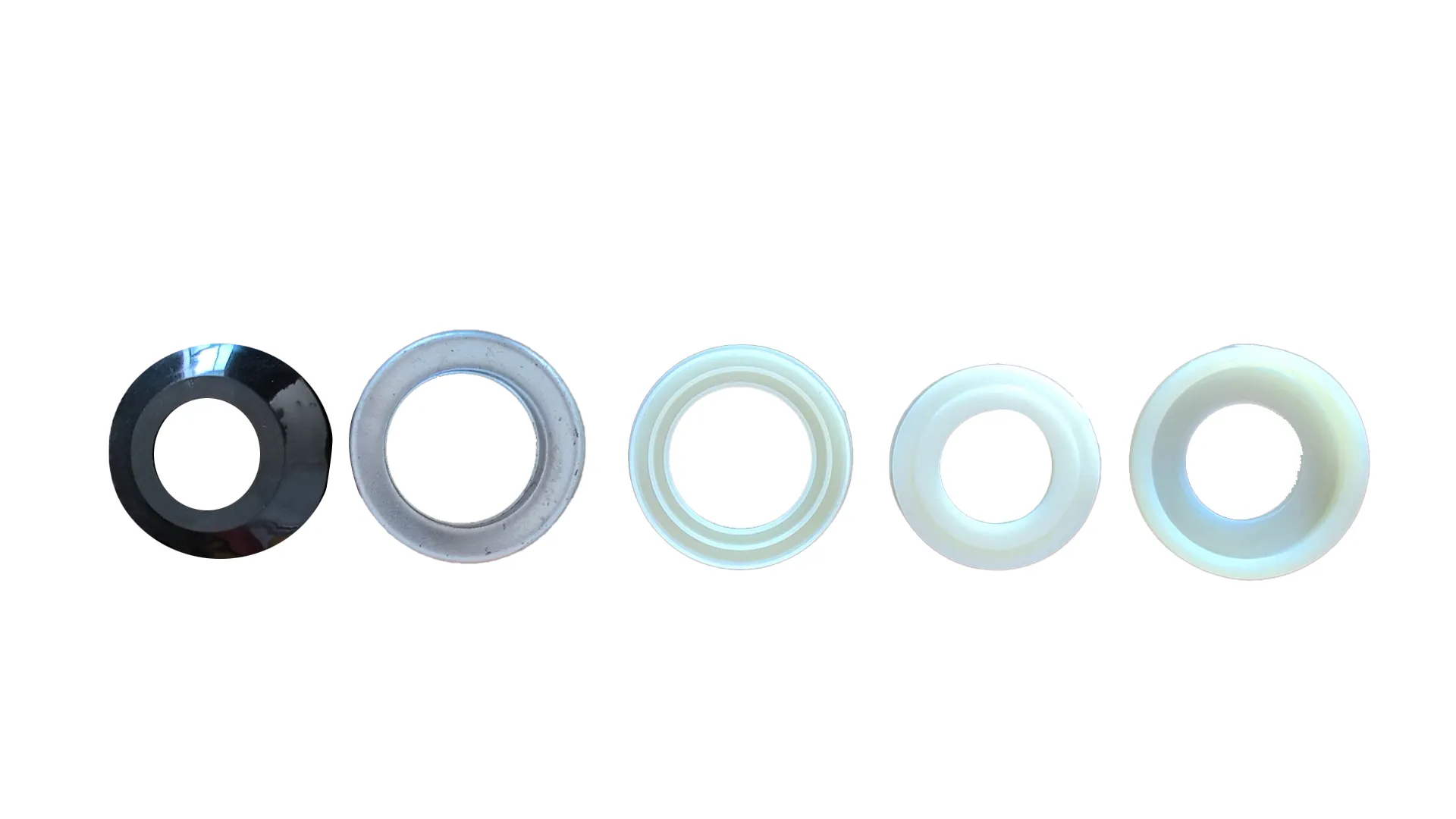 Afrikaans
Afrikaans  Albanian
Albanian  Amharic
Amharic  Arabic
Arabic  Armenian
Armenian  Azerbaijani
Azerbaijani  Basque
Basque  Belarusian
Belarusian  Bengali
Bengali  Bosnian
Bosnian  Bulgarian
Bulgarian  Catalan
Catalan  Cebuano
Cebuano  Corsican
Corsican  Croatian
Croatian  Czech
Czech  Danish
Danish  Dutch
Dutch  English
English  Esperanto
Esperanto  Estonian
Estonian  Finnish
Finnish  French
French  Frisian
Frisian  Galician
Galician  Georgian
Georgian  German
German  Greek
Greek  Gujarati
Gujarati  Haitian Creole
Haitian Creole  hausa
hausa  hawaiian
hawaiian  Hebrew
Hebrew  Hindi
Hindi  Miao
Miao  Hungarian
Hungarian  Icelandic
Icelandic  igbo
igbo  Indonesian
Indonesian  irish
irish  Italian
Italian  Japanese
Japanese  Javanese
Javanese  Kannada
Kannada  kazakh
kazakh  Khmer
Khmer  Rwandese
Rwandese  Korean
Korean  Kurdish
Kurdish  Kyrgyz
Kyrgyz  Lao
Lao  Latin
Latin  Latvian
Latvian  Lithuanian
Lithuanian  Luxembourgish
Luxembourgish  Macedonian
Macedonian  Malgashi
Malgashi  Malay
Malay  Malayalam
Malayalam  Maltese
Maltese  Maori
Maori  Marathi
Marathi  Mongolian
Mongolian  Myanmar
Myanmar  Nepali
Nepali  Norwegian
Norwegian  Norwegian
Norwegian  Occitan
Occitan  Pashto
Pashto  Persian
Persian  Polish
Polish  Portuguese
Portuguese  Punjabi
Punjabi  Romanian
Romanian  Russian
Russian  Samoan
Samoan  Scottish Gaelic
Scottish Gaelic  Serbian
Serbian  Sesotho
Sesotho  Shona
Shona  Sindhi
Sindhi  Sinhala
Sinhala  Slovak
Slovak  Slovenian
Slovenian  Somali
Somali  Spanish
Spanish  Sundanese
Sundanese  Swahili
Swahili  Swedish
Swedish  Tagalog
Tagalog  Tajik
Tajik  Tamil
Tamil  Tatar
Tatar  Telugu
Telugu  Thai
Thai  Turkish
Turkish  Turkmen
Turkmen  Ukrainian
Ukrainian  Urdu
Urdu  Uighur
Uighur  Uzbek
Uzbek  Vietnamese
Vietnamese  Welsh
Welsh  Bantu
Bantu  Yiddish
Yiddish  Yoruba
Yoruba  Zulu
Zulu Understanding the Mechanics of Belt Drive Systems and Their Pulleys in Engineering Applications
Understanding Belt Drive Pulleys Mechanisms, Applications, and Benefits
Belt drive pulleys are fundamental mechanical components widely utilized in various industrial and automotive applications. They are integral to systems designed to transfer power between different machines, converting rotary motion from one shaft to another with the help of belts. This article delves into the anatomy of belt drive pulleys, their working principles, applications, and the advantages they offer.
The Anatomy of Belt Drive Pulleys
A belt drive pulley typically consists of a circular wheel with a groove around its circumference to accommodate a belt. The key components of a belt drive system include
1. Pulleys Depending on the design, a system may feature one or more pulleys. The driving pulley (or driver) is connected to a power source like an electric motor, while the driven pulley is attached to the component that requires power.
2. Belt The belt connects the two pulleys and can come in various types, including flat belts, V-belts, and timing belts. Each type serves specific applications depending on the torque and power transfer required.
3. Shafts Each pulley is mounted on a shaft that transmits the mechanical energy. These shafts rotate the pulleys, causing the belt to move and transfer energy.
How Belt Drive Pulleys Work
Belt drive pulleys operate on a straightforward principle. When the driving pulley rotates, it pulls the belt, which in turn moves and rotates the driven pulley. This motion can be adjusted based on the size of the pulleys; larger pulleys will rotate more slowly but can provide greater torque, while smaller pulleys rotate faster, reducing torque. The ratio of the diameters of the two pulleys is crucial in determining the system's speed and efficiency.
Applications of Belt Drive Pulleys
Belt drive pulleys are used in a wide array of settings, including
- Automotive Industry In vehicles, belt drive systems power essential components like alternators, water pumps, and air conditioning compressors. Serpentine belts, which are a type of multi-vee belt, are commonly used to drive multiple accessories from a single crankshaft pulley.
belt drive pulley

- Industrial Machinery In manufacturing settings, belt drive systems are used to connect motors to conveyors, pumps, and fans, facilitating the movement of materials and products.
- Home Appliances Devices such as washing machines and lawn mowers employ simple belt drive systems to transfer power effectively.
- Fitness Equipment Treadmills and stationary bikes often use belt drives to connect the motor to the moving parts, facilitating smooth operation and performance.
Advantages of Belt Drive Pulleys
Using belt drive pulleys in various applications presents several advantages
1. Simplicity Belt drives are relatively simple to design and install, making them a cost-effective solution for many power transmission needs.
2. Flexibility The distance between the driving and driven pulleys can be adjusted, allowing for customization in different layouts.
3. Noise Reduction Compared to gear systems, belt drives tend to operate more quietly, making them preferable in noise-sensitive environments.
4. Shock Absorption Belts can absorb shocks and vibrations, protecting the machinery components and prolonging their life.
5. Efficiency When properly installed and maintained, belt drive systems can transmit power efficiently with minimal energy loss.
Conclusion
Belt drive pulleys play a critical role in many mechanical systems, serving as a reliable method for transferring power between components. Their simple yet effective design, coupled with their adaptability across various applications, ensures their continued relevance in both industrial and consumer markets. Understanding their function and benefits can help engineers, technicians, and consumers make informed decisions regarding their use in different projects. As technology progresses, innovations in belt materials and designs promise to enhance the performance of belt drive systems, further solidifying their place in the realm of mechanical engineering.
-
Revolutionizing Conveyor Reliability with Advanced Rubber Lagging PulleysNewsJul.22,2025
-
Powering Precision and Durability with Expert Manufacturers of Conveyor ComponentsNewsJul.22,2025
-
Optimizing Conveyor Systems with Advanced Conveyor AccessoriesNewsJul.22,2025
-
Maximize Conveyor Efficiency with Quality Conveyor Idler PulleysNewsJul.22,2025
-
Future-Proof Your Conveyor System with High-Performance Polyurethane RollerNewsJul.22,2025
-
Driving Efficiency Forward with Quality Idlers and RollersNewsJul.22,2025





























